What’s the common feature shared by your projects?
Both my architecture and interior design works represent a functional, long-lasting, elegant project, something sophisticated that doesn’t need to be shown off, but instead aims at being integrated in the everyday life of the clients.
Which are the major changes that have been affecting the interior design field in the last 20 years?
Beyond the specific individual paths of the major designers, I would say that the theme that has been affecting interior design the most since the Nineties is the crisis experienced across the world. Before that, during the Eighties, the trend was to be bold by using unconventional forms or mixing design and fashion. Today we have a more careful approach aimed at respecting the environment, employing the right materials, and so on: it’s a less “scenographic” process that responds to the crisis in a well-aware way.
During the last 10 years we’ve been witnessing the comeback of sort of an “Italian” kind of project, following a 10-15 year long period of ethnic (particularly Chinese and Japanese) influences. The current projects - even in terms of product - look back at Italian interior design par excellence, which is the one from the Fifties.
Which features distinguish Italian design from foreign design?
To me, interior design is only Italian in some ways.
Foreign countries separate architecture from interior design, which represents more of a decoration project instead of an actual widespread project. Instead, our architects’ expertise includes it all, from architecture to interior design and product design, and this is the Italian-only feature that makes our design unique and universally acknowledged.
Let’s talk about the CityLife apartment designed by your studio. Is there a link between that project and CityLife itself?
Absolutely. The challenge of this interior design project was to create an interior aimed at integrating and enhancing the existing architecture. To that end, we developed an important study on how to best connect the interior and exterior architecture.
Artificial light, for instance, was designed to complement natural light. The forms of the pieces of furniture recall the main elements of the architecture of the building: the bathtub, for example, suggests a wavy movement just like the windows do. On the other hand, there is a play of contrast too, like the juxtaposition between the window verticality and the plasterboard horizontality.
What will this interior design bring to the clients life?
First of all the owners will find themselves in a modern contemporary space that fully reflects their style and personality. Thanks to the flexibility of the space arrangement, they will be able to experience their home both individually and with family or guests. They will also get to “run” their own home because of the massive custom-oriented home automation. This will be a lively, sophisticated elegant, long lasting home, both private and social, of which they will never have enough.
What should we expect from CityLife?
A different, more modern way to experience the city, where this huge housing estate will be engaging everyone. The park will be a public space, therefore – for the first time in Milan’s history – a residential district will actually be experienced in an active way, by being turned into a common meeting place.
INFO: www.studiomarcopiva.com
PHOTO COURTESY: Studio Marco Piva
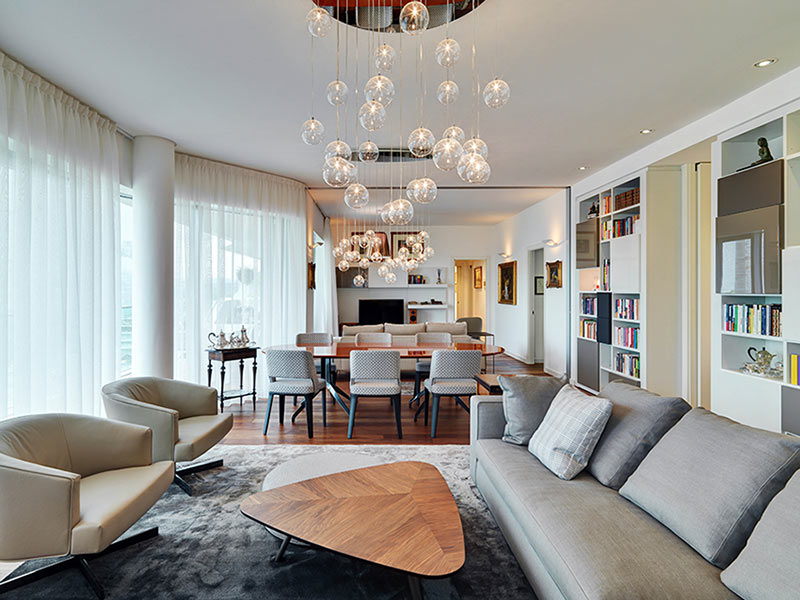

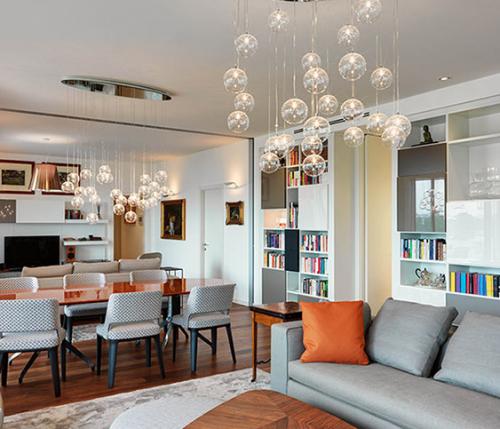
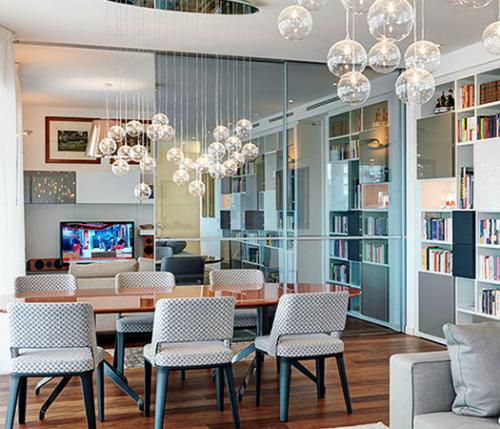
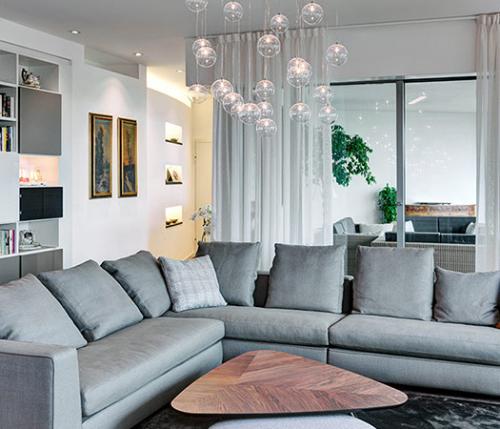
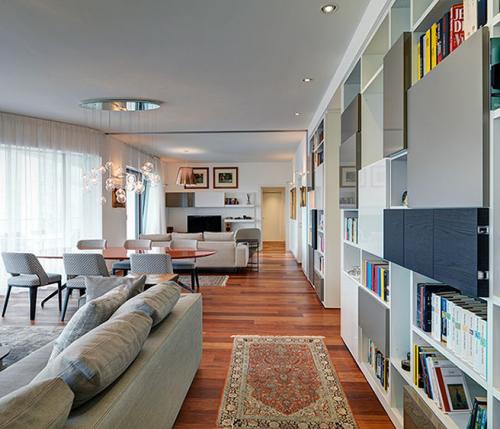
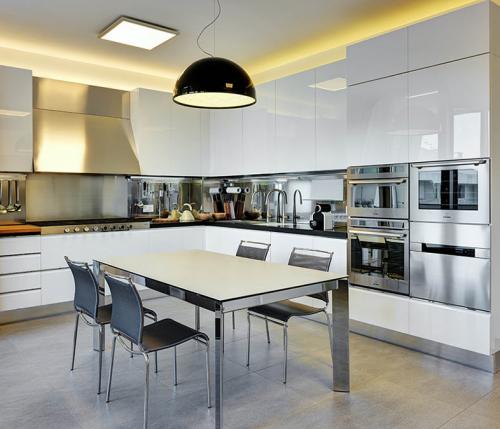
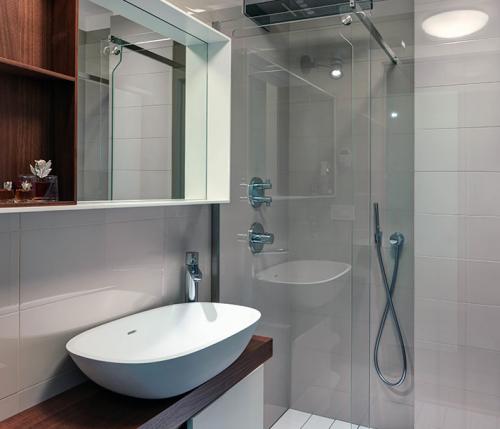
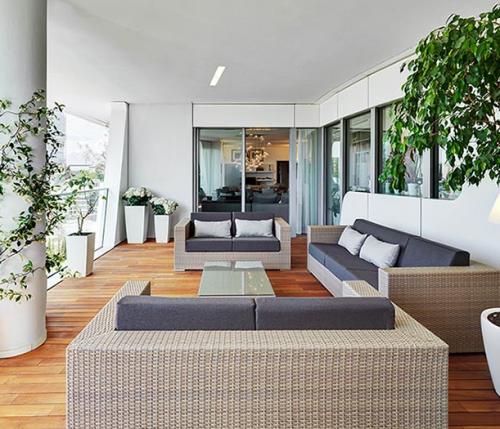
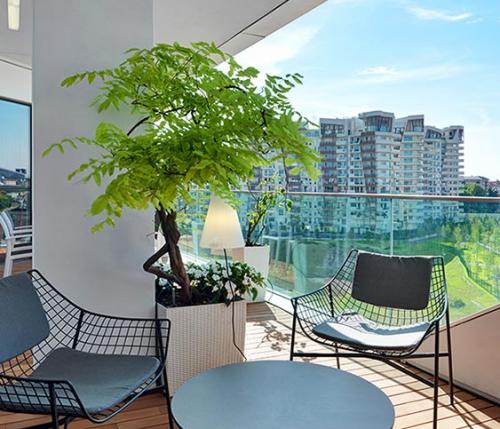
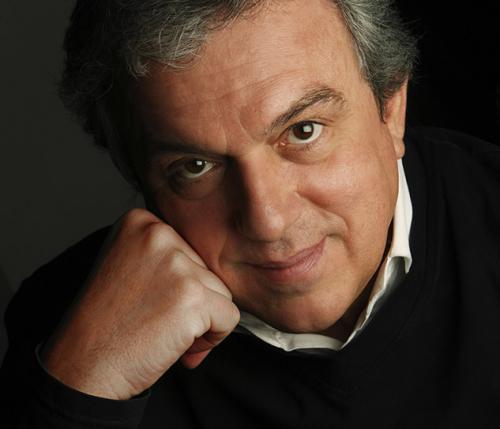
 Workspace Design Show: 2024 UK Edition
Workspace Design Show: 2024 UK Edition  Open-air elegance: Claudio Bellini x Higold, the symphony of outdoor design
Open-air elegance: Claudio Bellini x Higold, the symphony of outdoor design  A stylish oasis for outdoor spaces
A stylish oasis for outdoor spaces  How to capture your property's best features
How to capture your property's best features